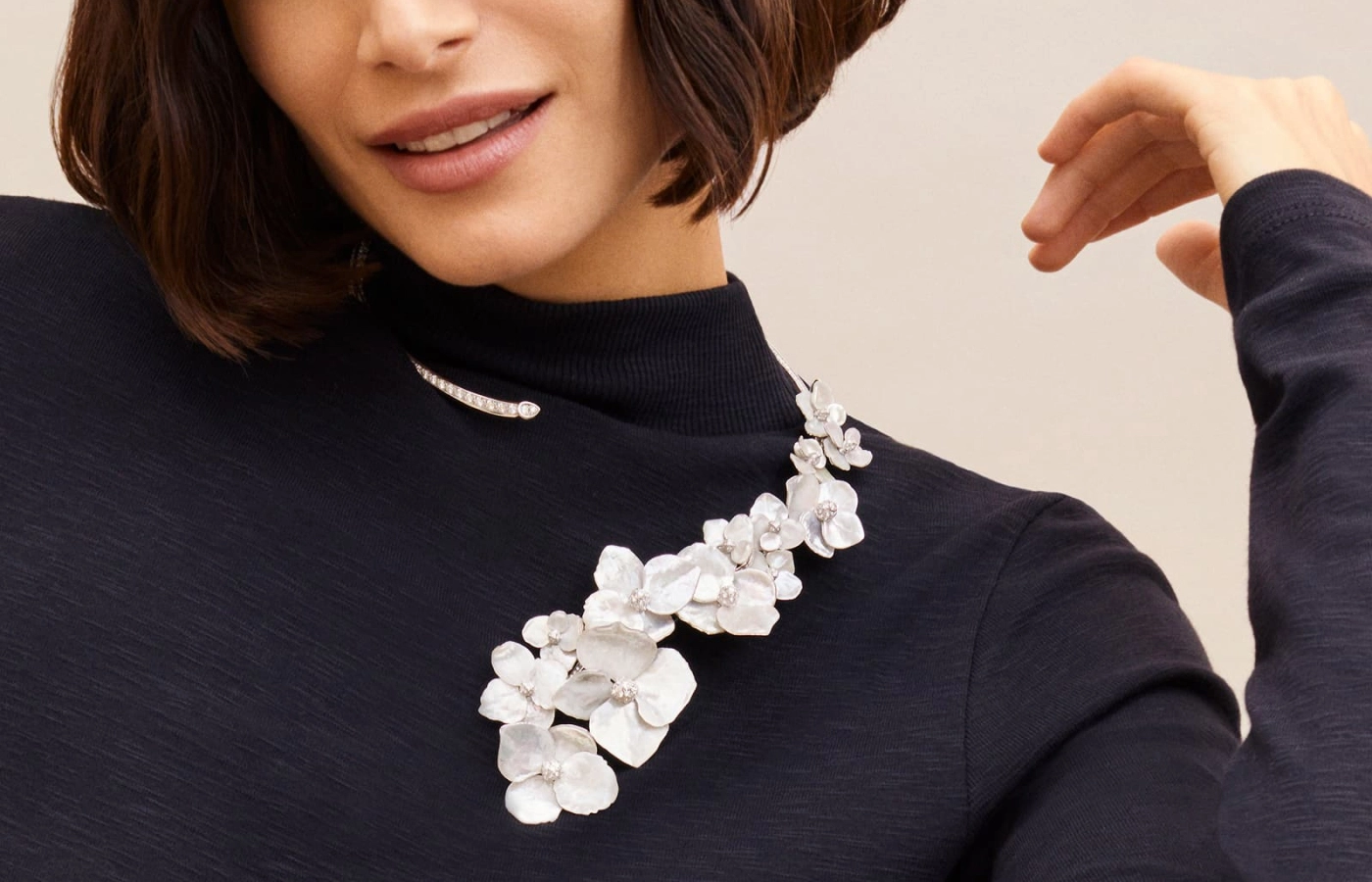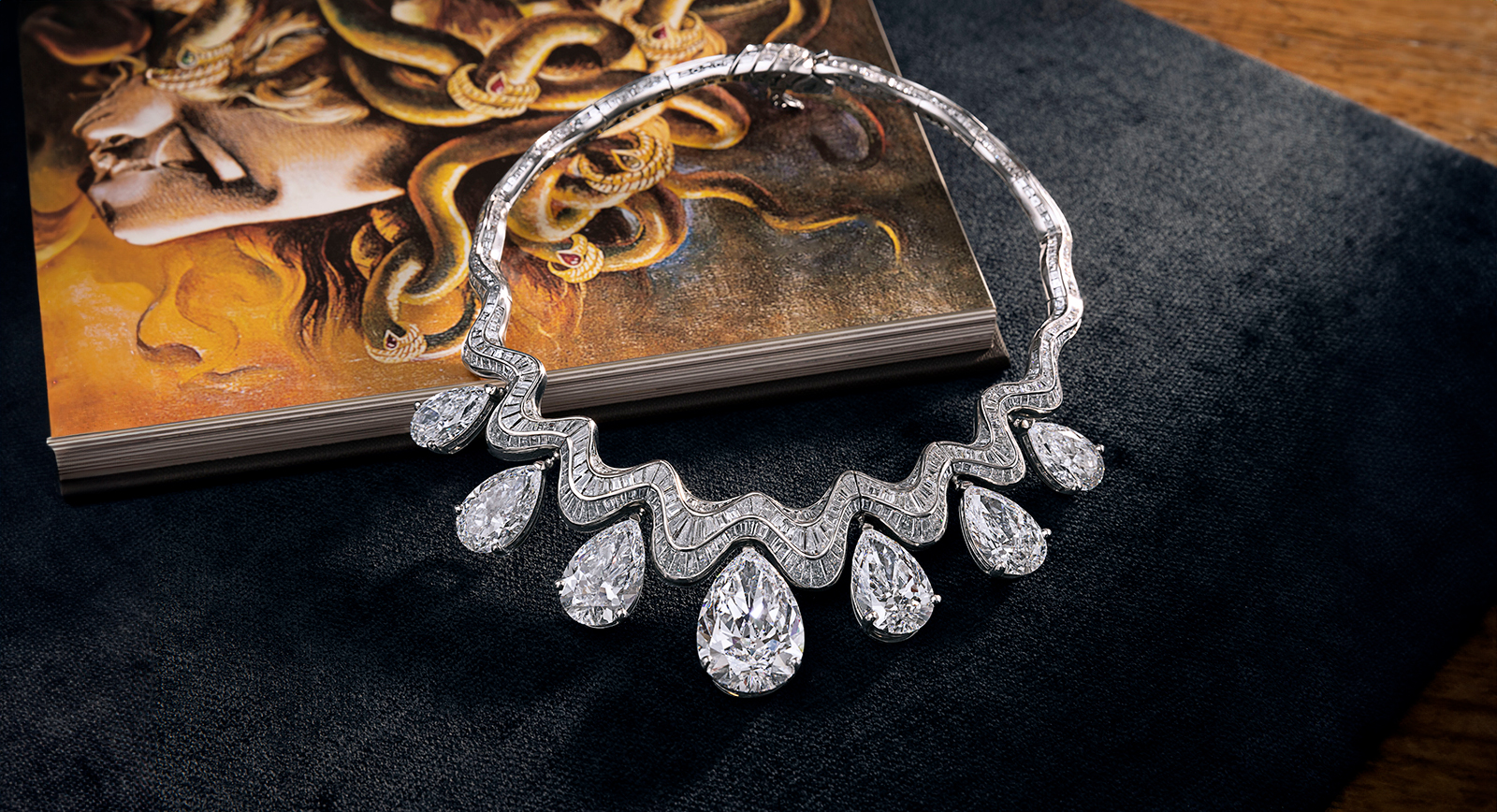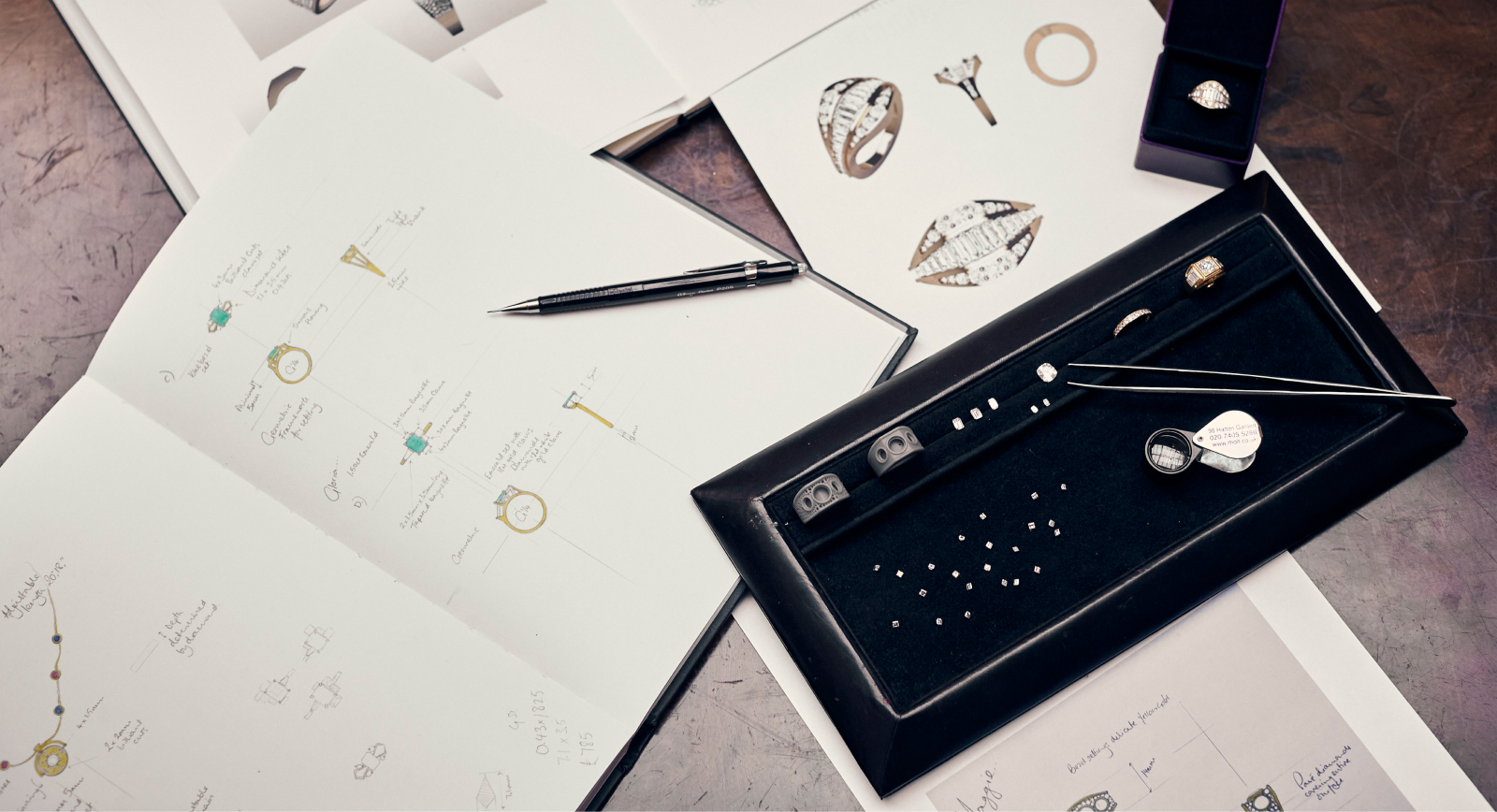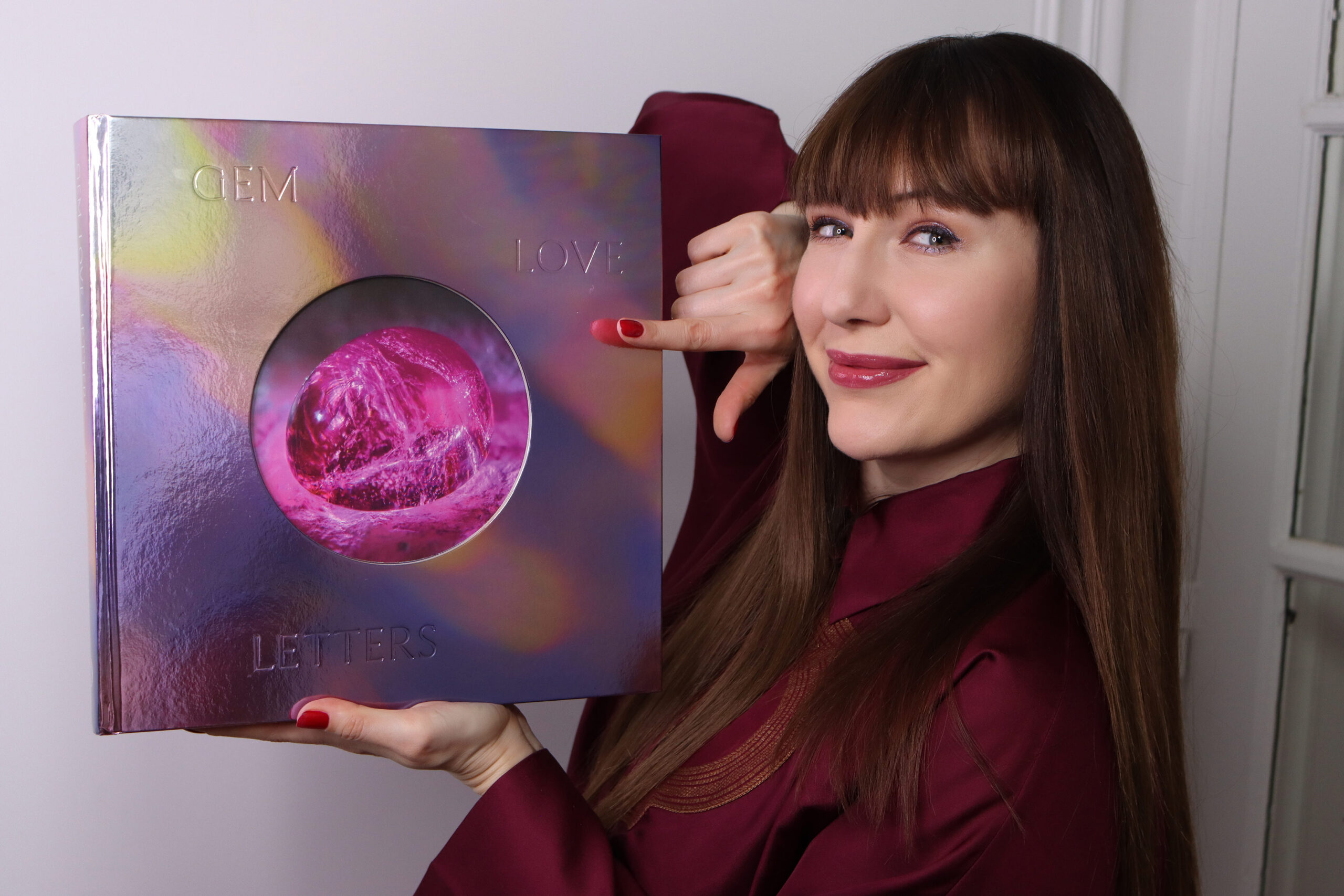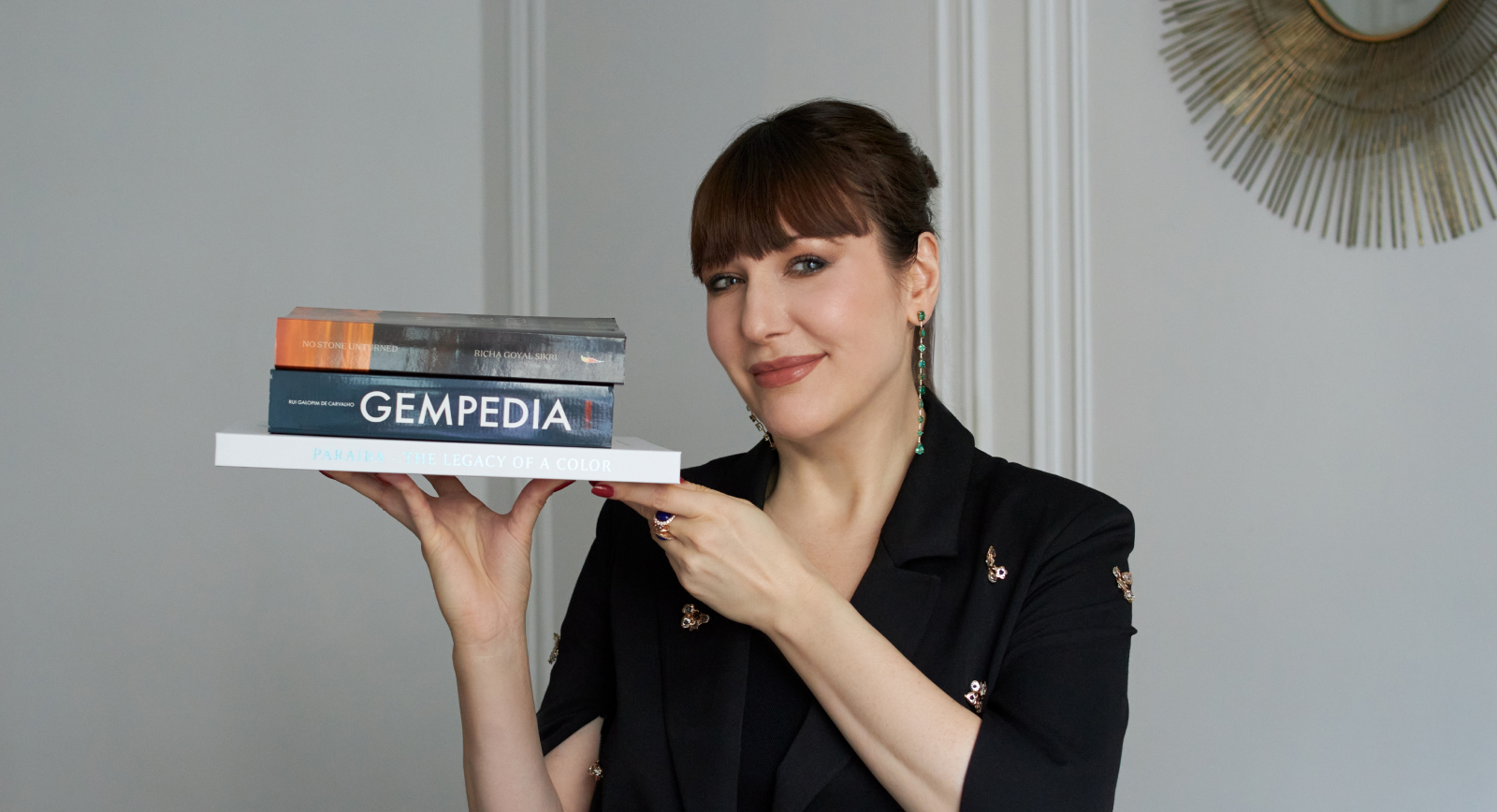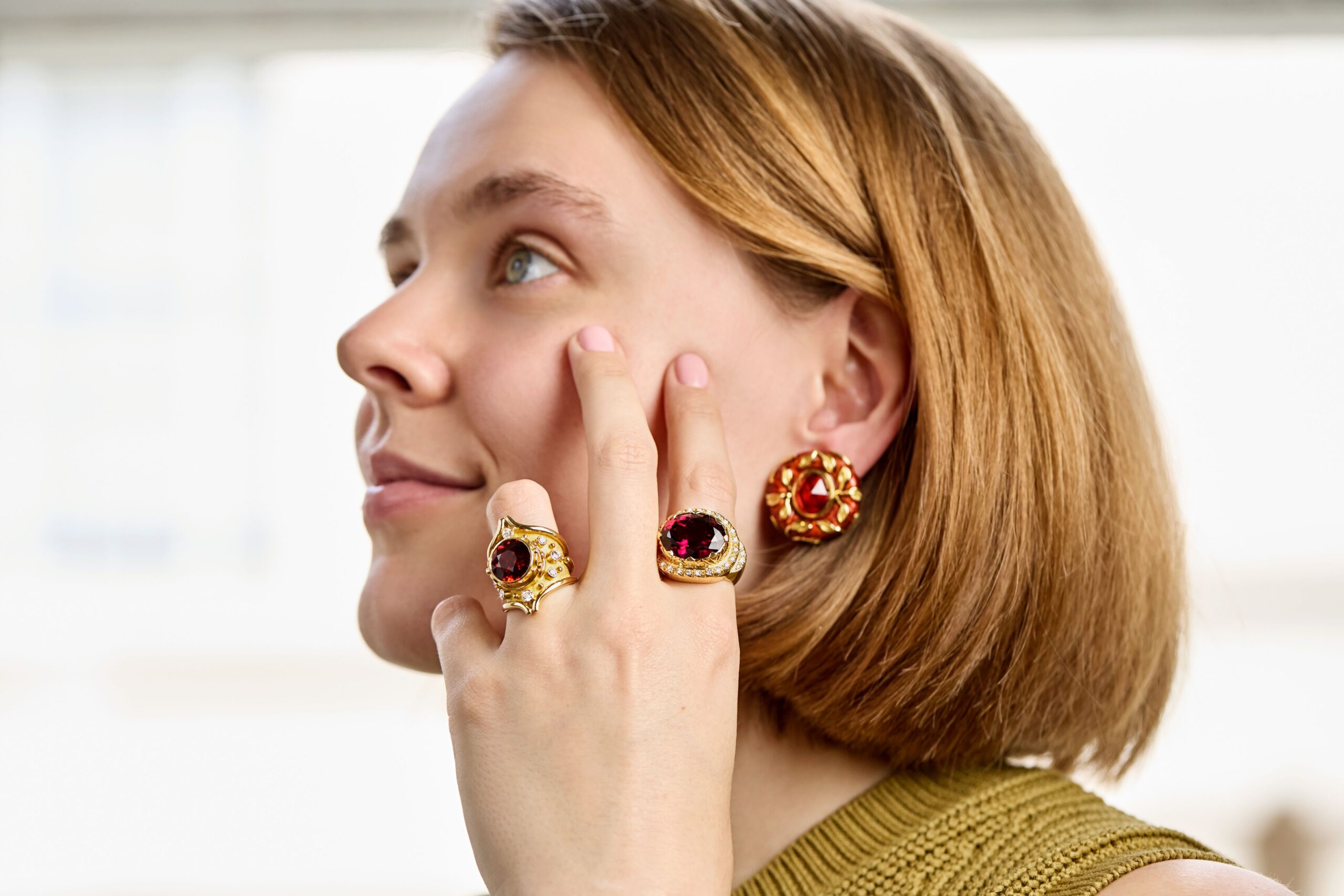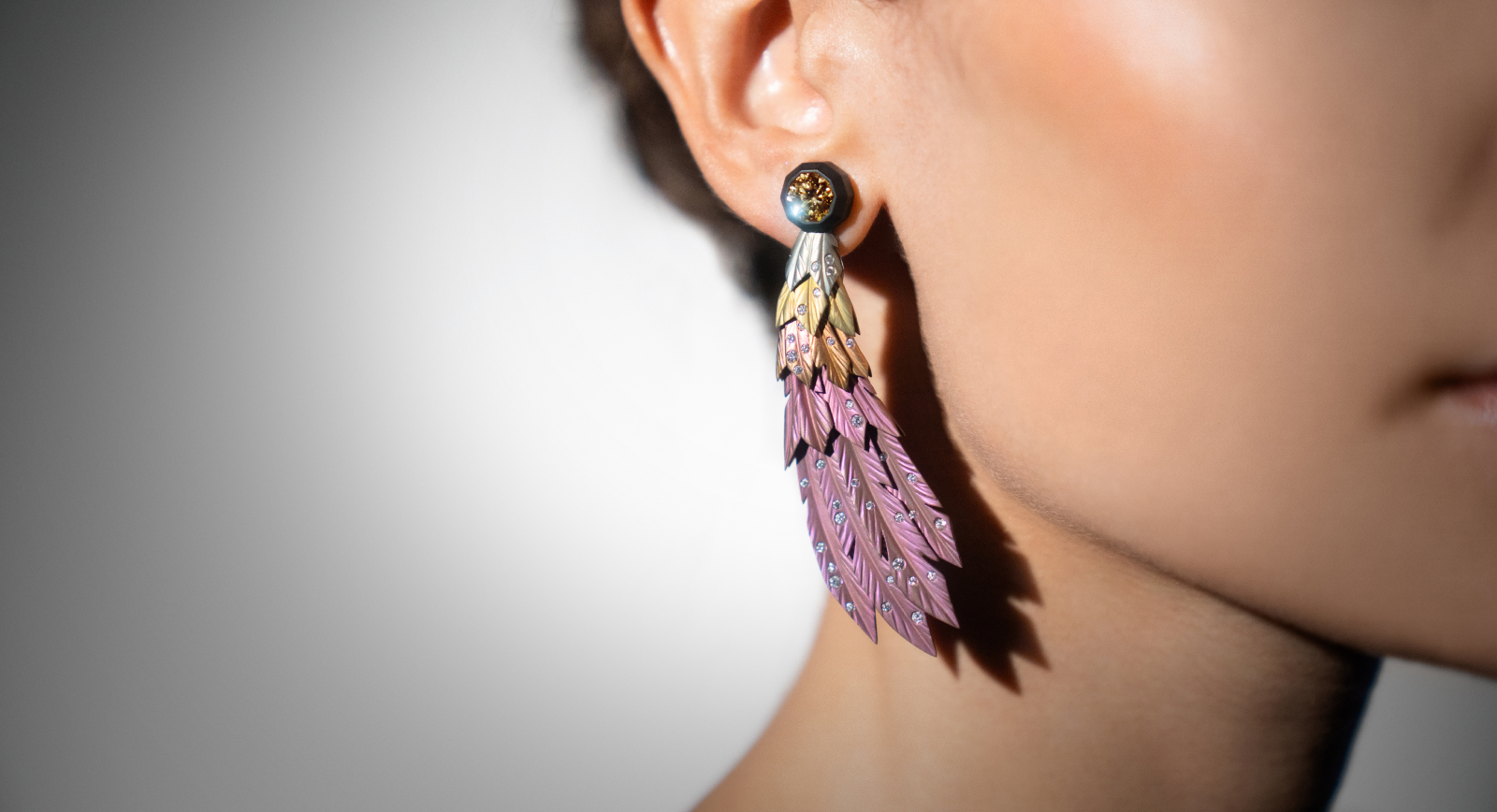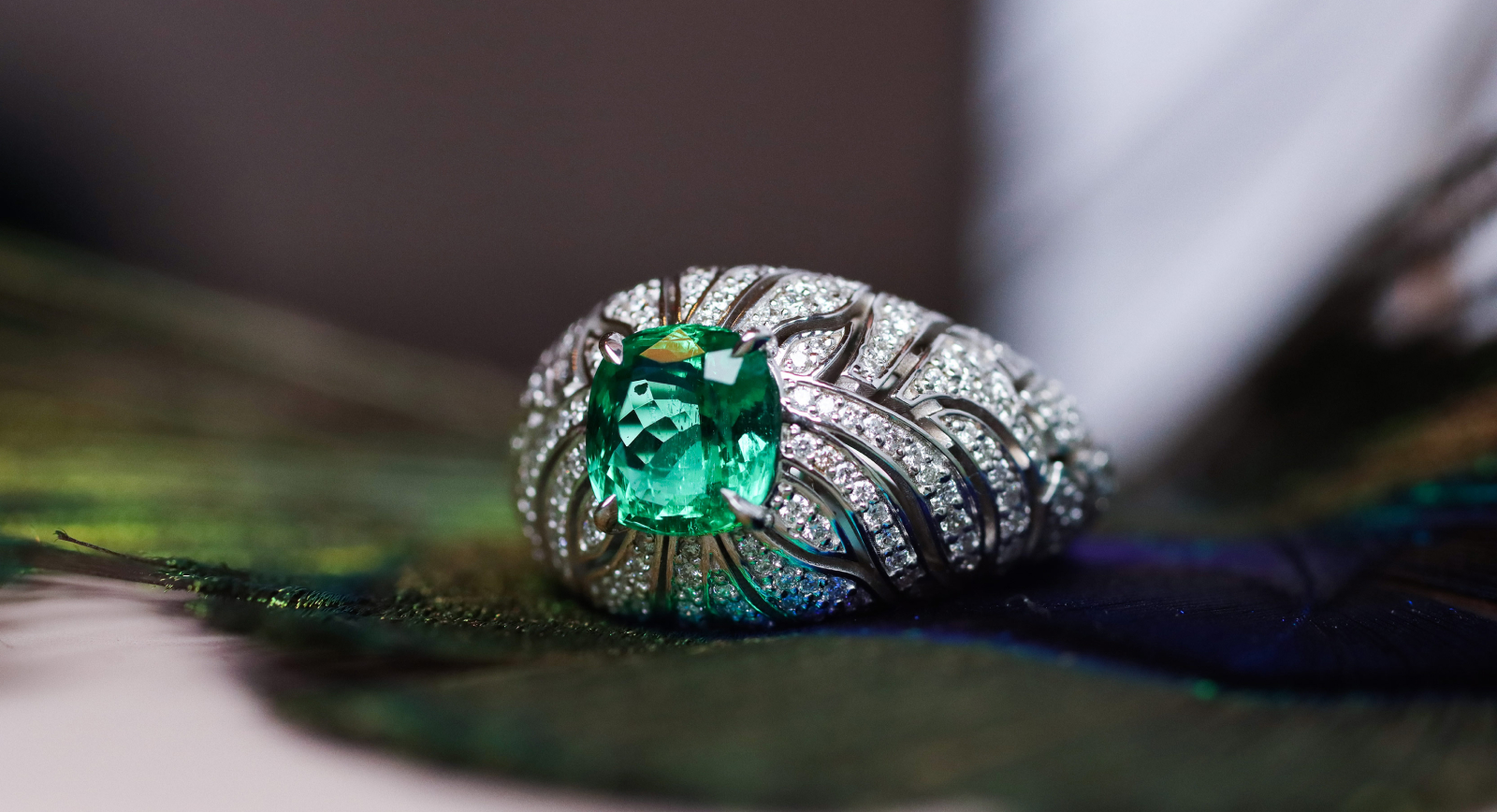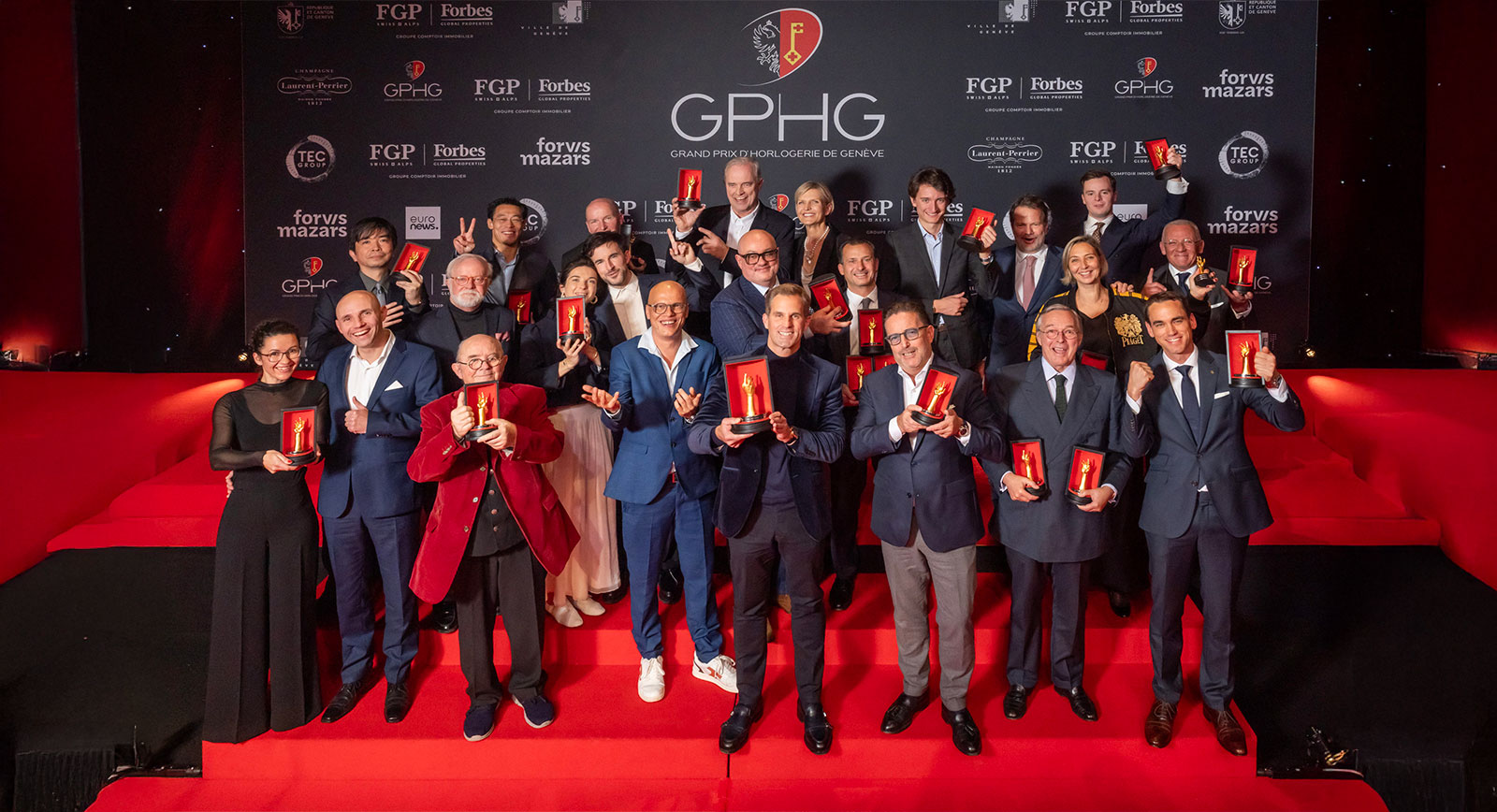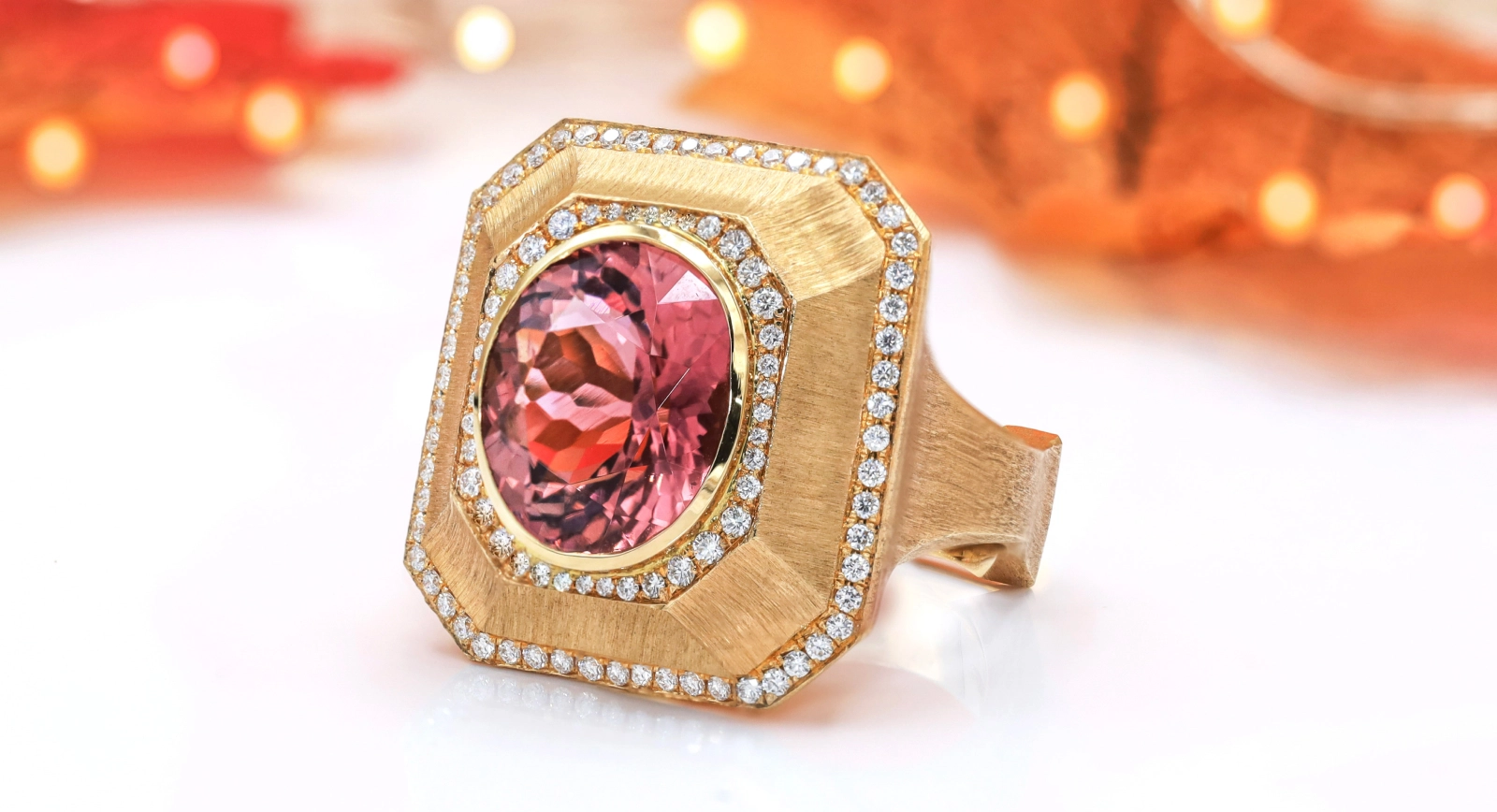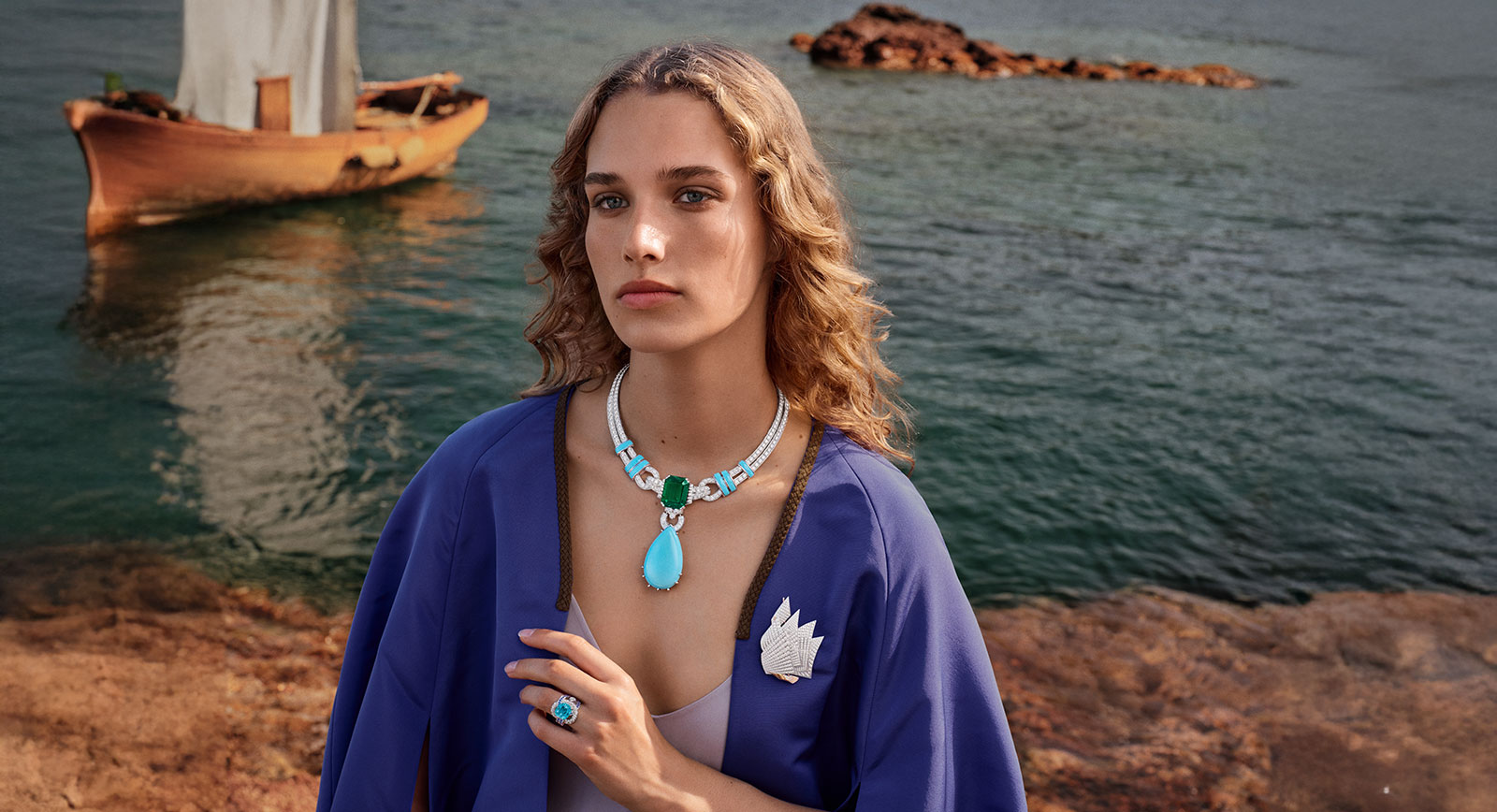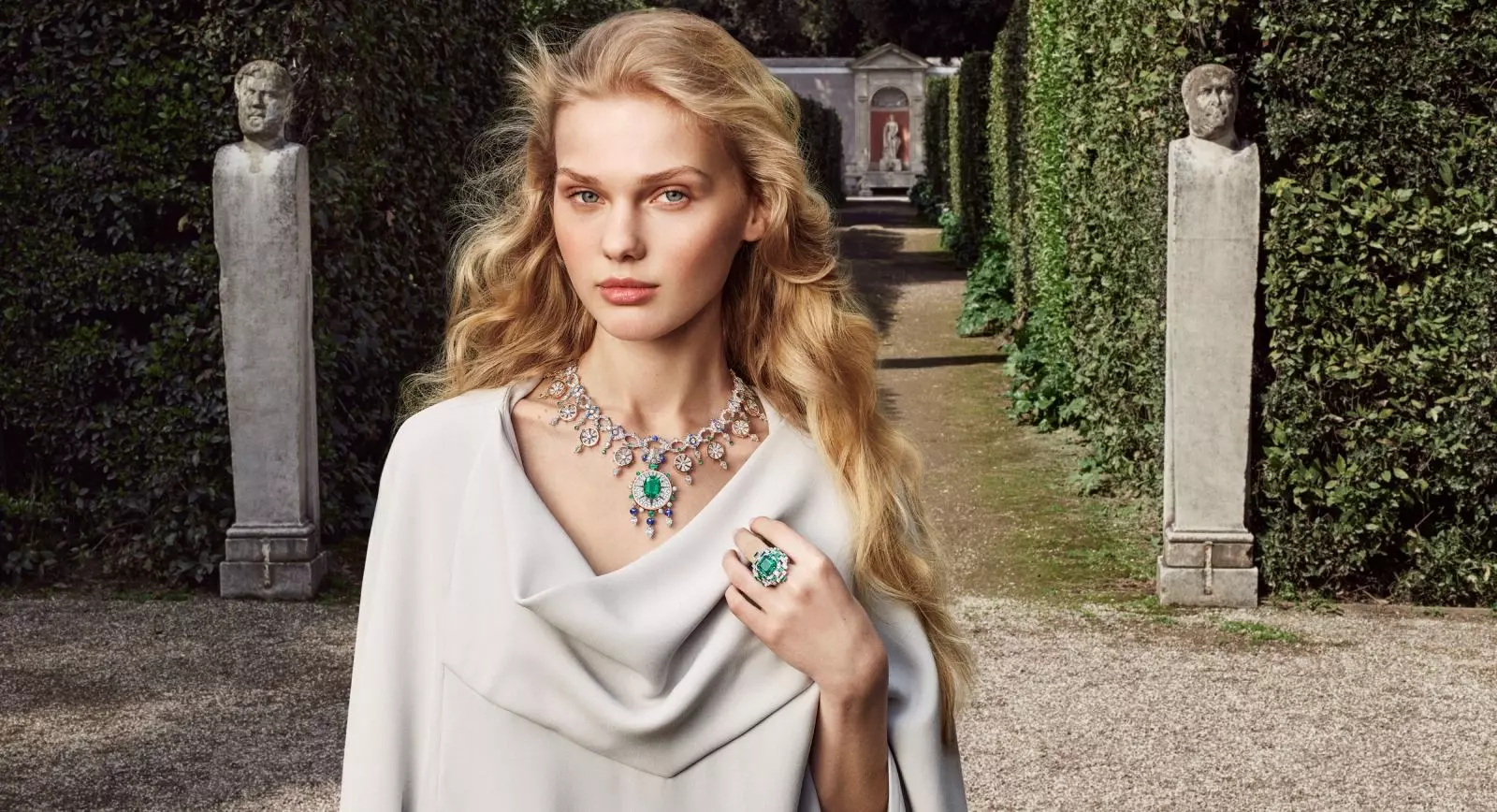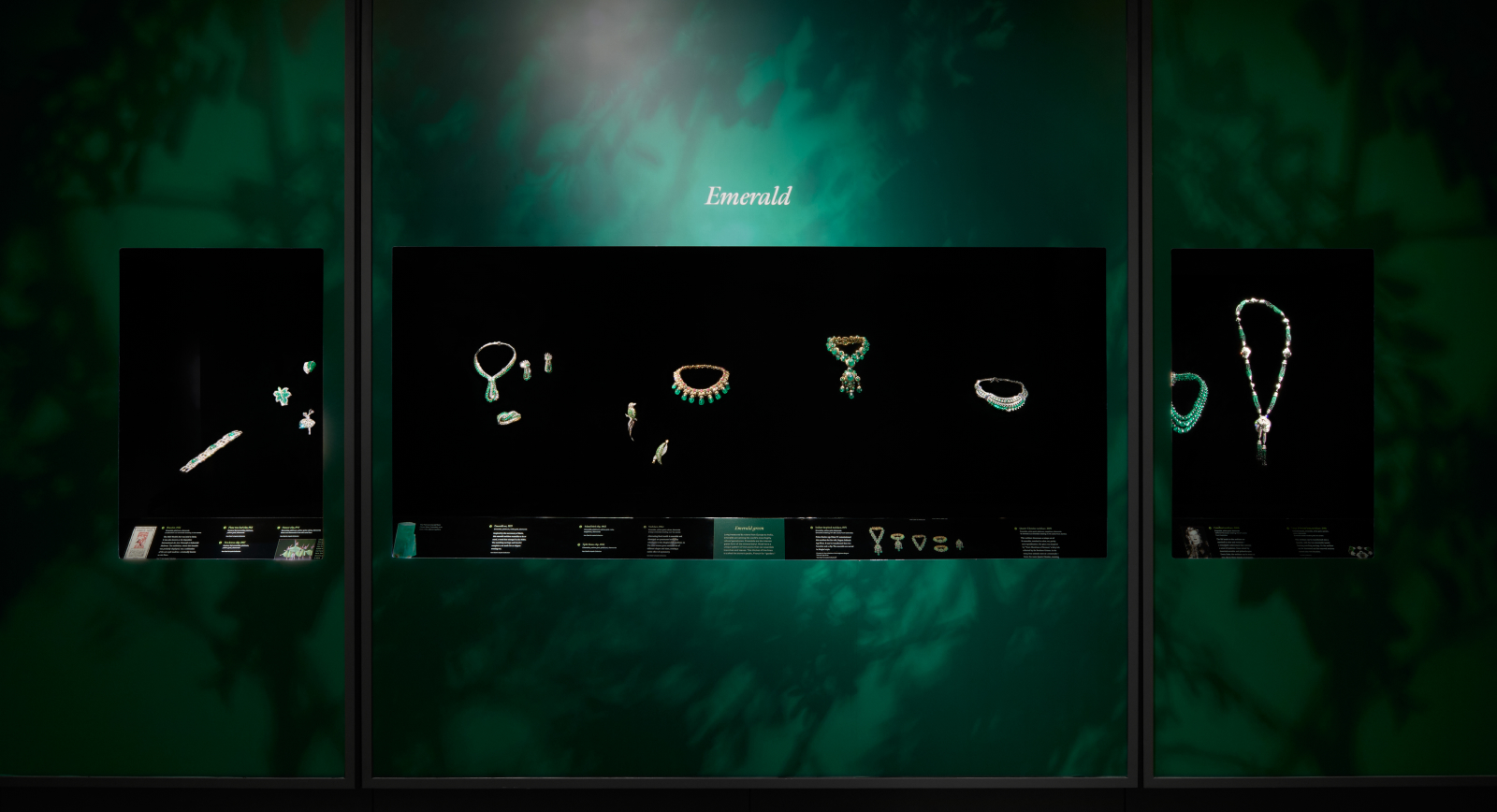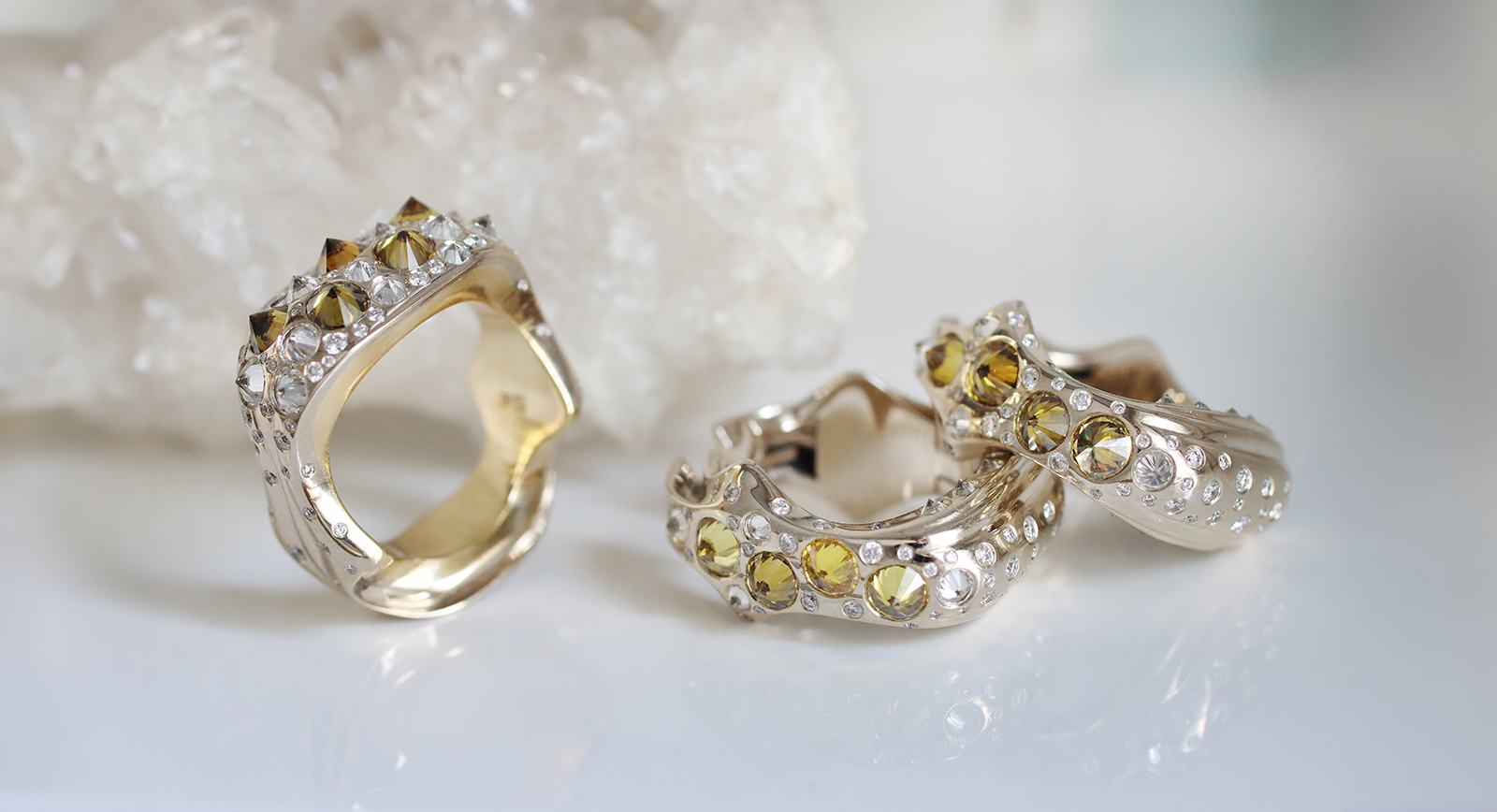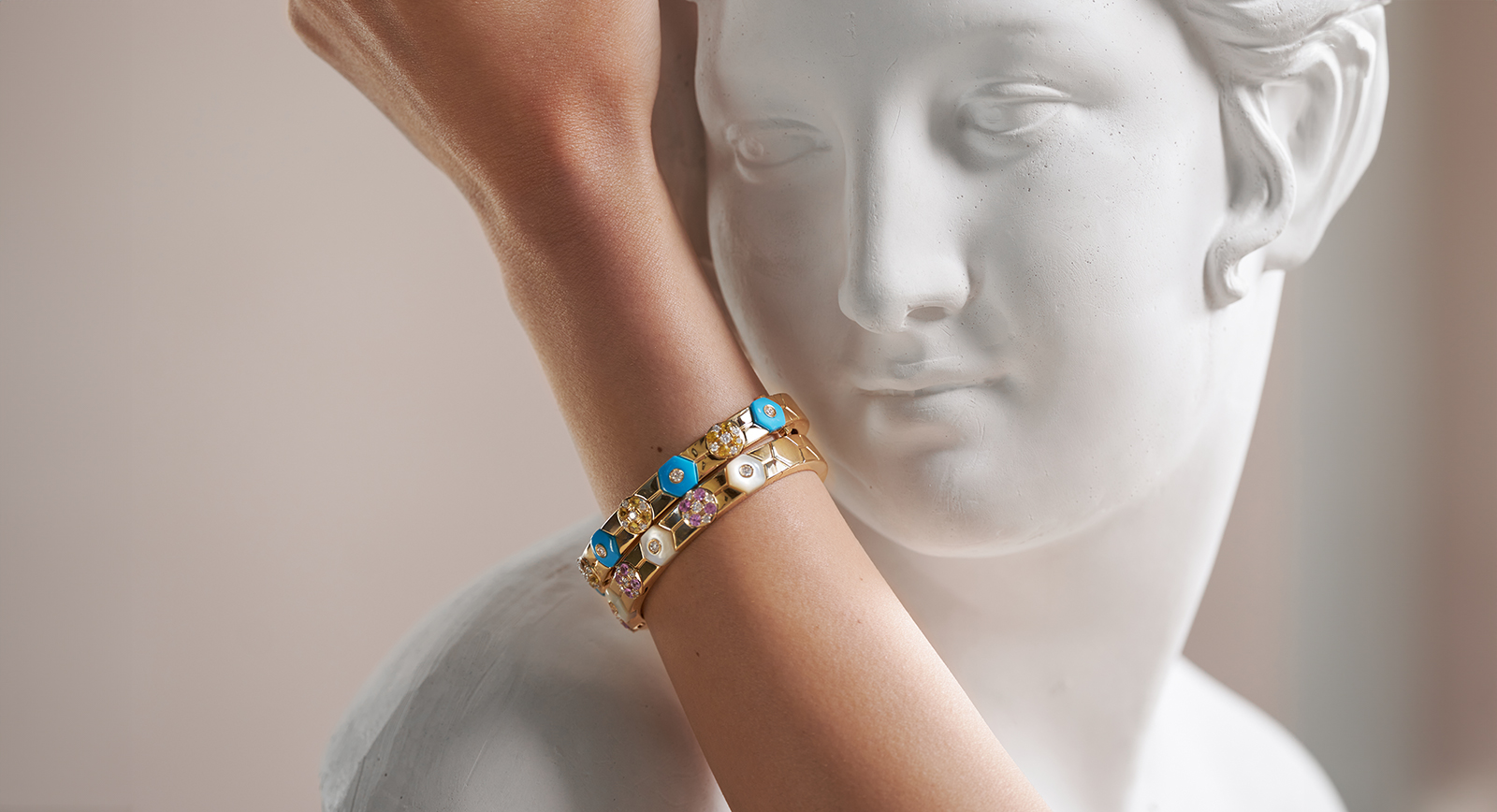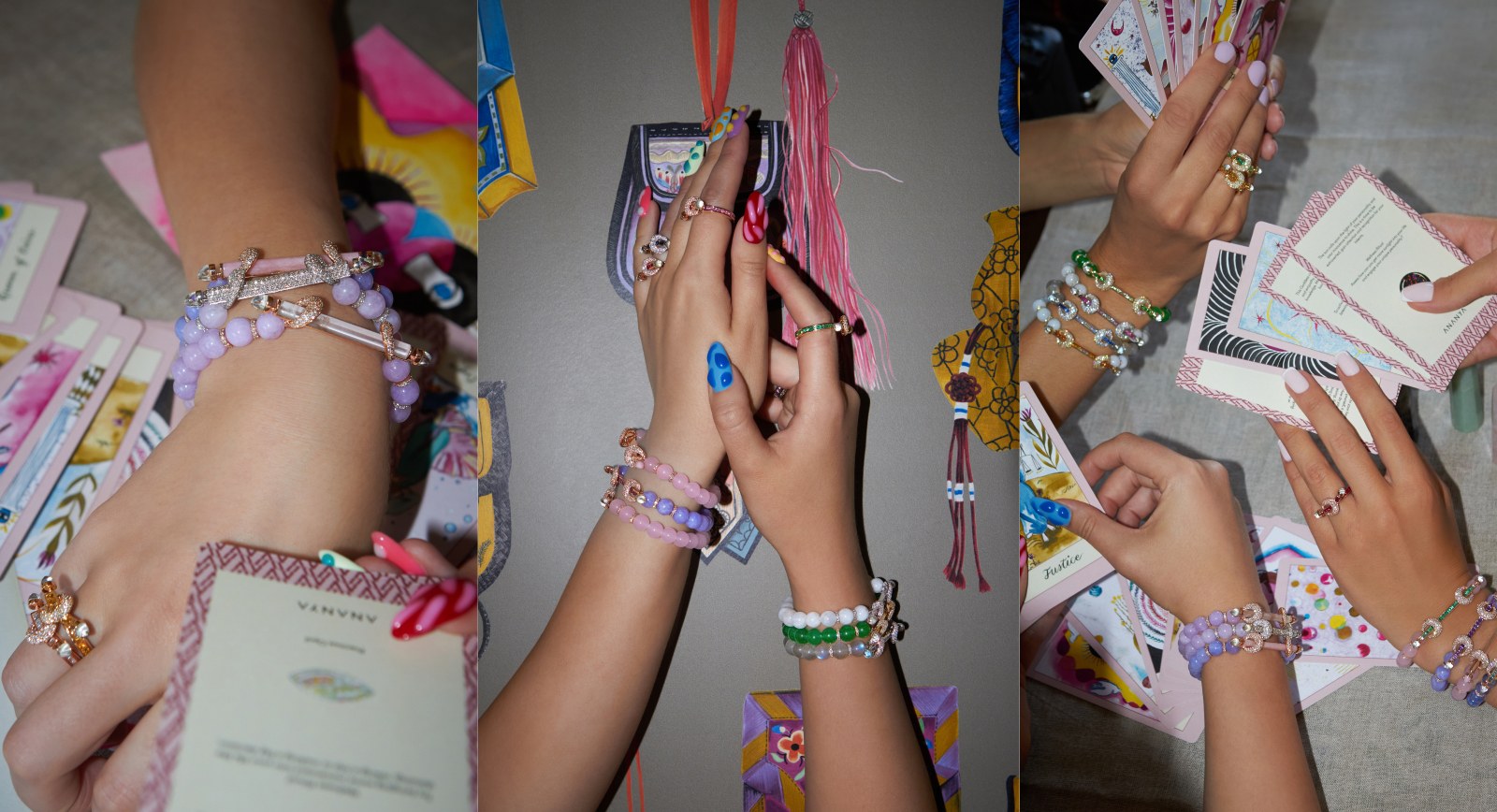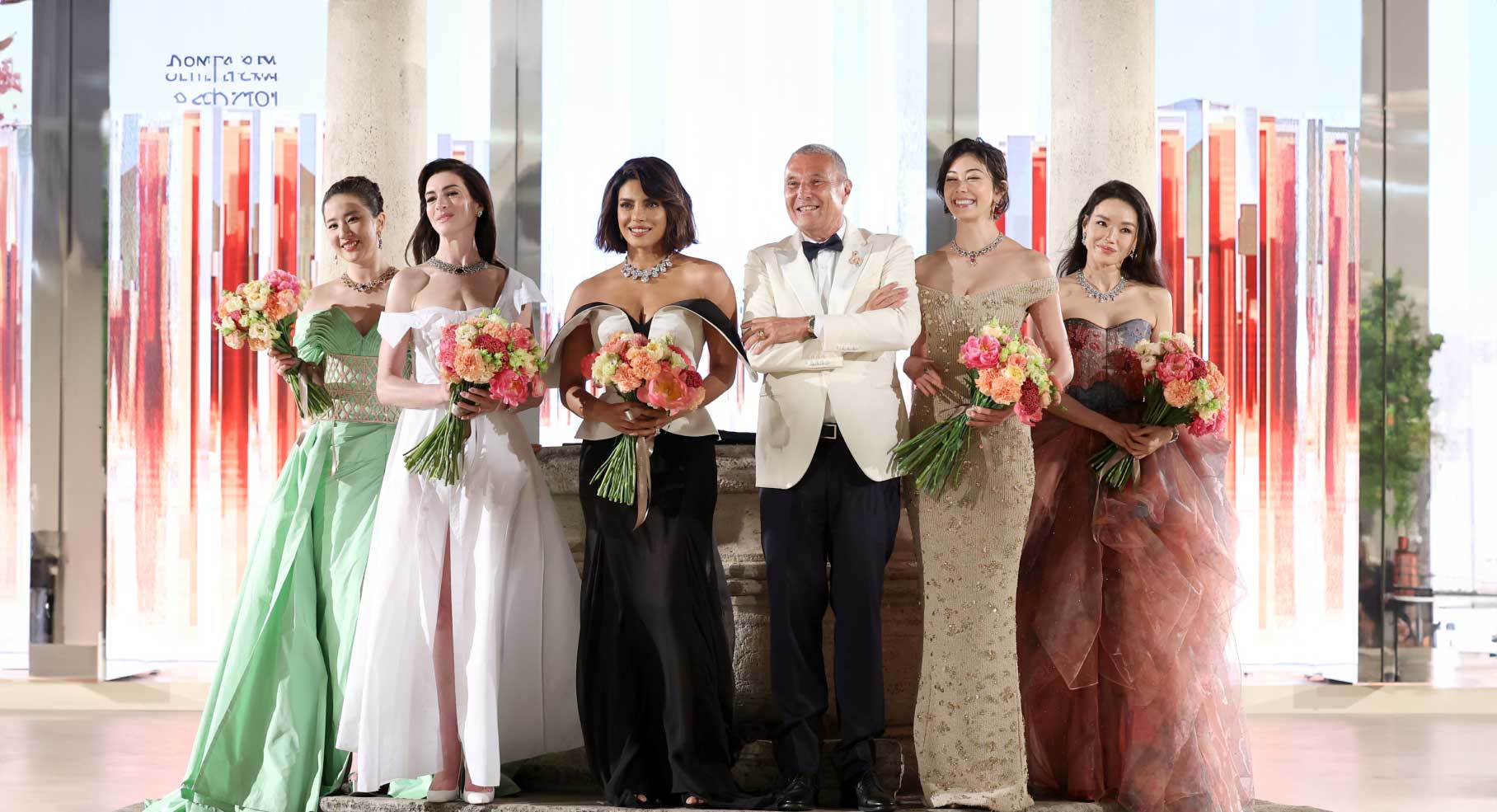
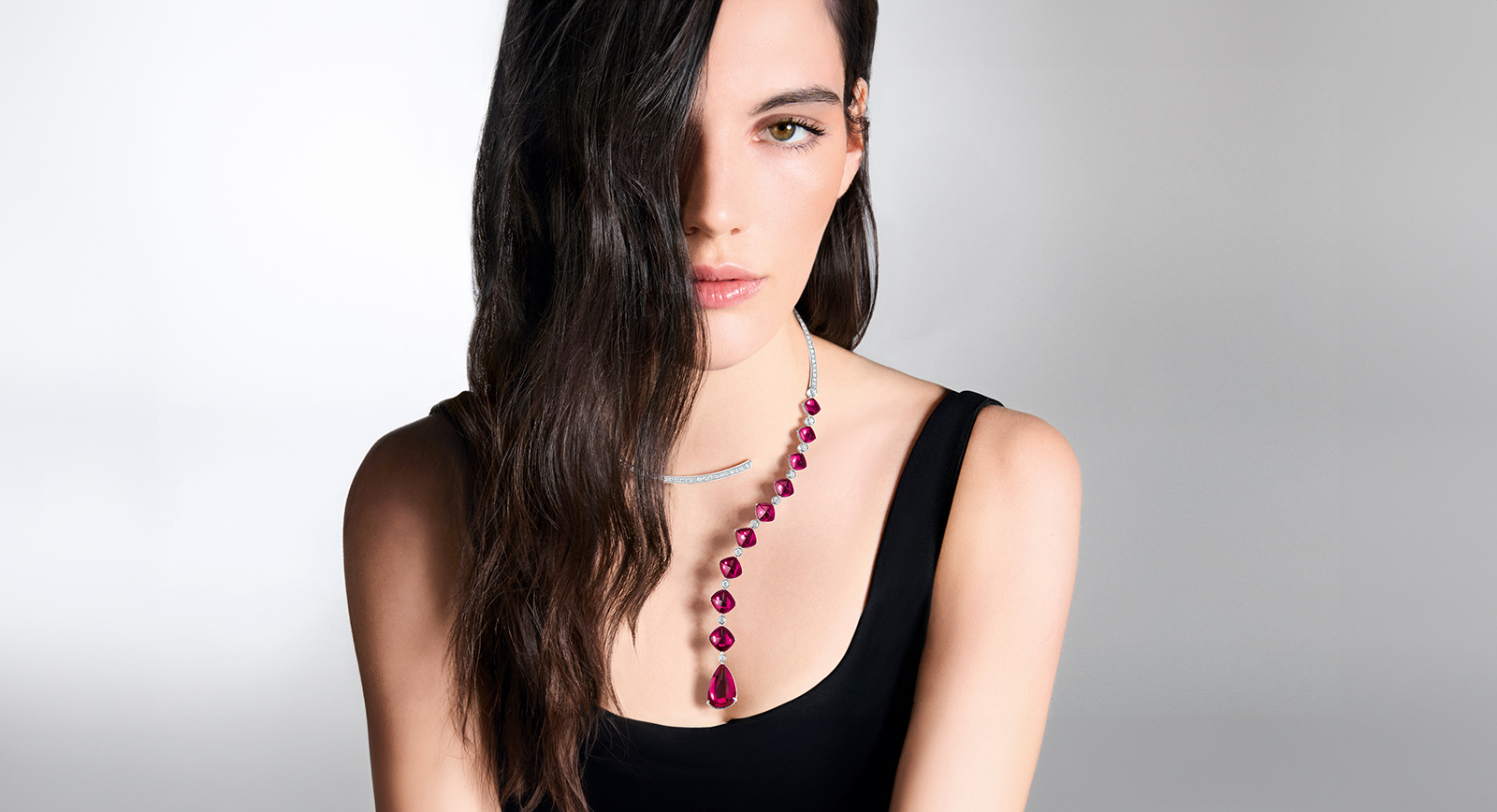
Modern Jewellery Icons #12: Boucheron’s Question Mark Necklace
In the annals of jewellery history, there are certain designs that stand out for their absolute originality and ingenuity. Way ahead of its time when it was envisioned in 1879, Boucheron’s Question Mark necklace is one such jewel. The definition of ground-breaking jewellery design, Claire Roberts explores how the Question Mark’s iconic status has endured for so long.
Dreamt up during the Belle Époque era in Paris, when opulent jewellery was the height of fashion, elaborately embellished with bows, ribbons, garlands and wreaths, Boucheron’s Question Mark necklace broke with convention with its intentionally minimalist design. Asymmetric in style, it was simple yet sensuous – the antithesis of the ornate designs that typified the period.
History of the Question Mark Necklace
The designers at Boucheron obviously got the memo that to get your voice heard, you must ruffle a few feathers. At a time when restrictive chokers and collars were de rigueur and jewellery was primarily worn to display one’s wealth, the Question Mark necklace was designed with the emphasis on freedom. Flexible and clasp-free, it was possible for a woman to put the choker on with no assistance, in one simple movement.
The human brain is naturally inclined to look for harmony and balance in the world around us. This is why asymmetry in jewellery design continues to be embraced today to achieve a look that is contemporary, playful and unexpected. When the Point d’Interrogation necklace, as it is known in France, was first unveiled more than 140 years ago, it was a radical statement that earned Boucheron the Grand Prix at the 1889 Exposition Universelle in Paris. Curving around the neck before changing direction, the sinuous shape and contrasting angles were a complete departure from the established principles of jewellery design in the late 19th century.

A sketch of Boucheron’s first Question Mark necklace. Created by Paul Legrand in 1879, it marked the debut of the House’s now-iconic ivy motif
Easing people into the concept of asymmetry gently, the design for the first Question Mark necklace, sketched by the French painter Paul Legrand in 1879, drew inspiration from the natural world. Instead of focussing on flowers, a common theme in Belle Époque jewellery, Boucheron’s design centred on a creeping vine of ivy, the leaves trailing across the body. Rooted in the nature-inspired motifs of the time, it was the perfect segue to this new and progressive way of wearing jewellery.
Other designs from Boucheron’s archives, dating from the 1880s, reveal just how versatile the design proved to be, with the suspended motif interpreted in olive leaves, a peacock feather and my favourite, a simple line of diamonds. A special order, made for the American business magnate Cornelius Vanderbilt, even now, this sleek Question Mark necklace, with its off-kilter design, appears avant-garde. In 1884, the year it was conceived, its stark simplicity would have been trailblazing.

From Boucheron’s archives, a leaf motif and pearl Question Mark necklace, created in the 1880s, and a special order for the American businessman Cornelius Vanderbilt, dating from 1884
Evolution of the Question Mark Necklace
Revolutionary, pioneering, unconventional – the Question Mark necklace was, and continues to be, all these things because it was designed to promote freedom of expression, something that all women could relate to, then and now. Claire Choisne summed it up in 2020 when Boucheron presented new designs of the Question Mark necklaces during Paris Couture Week: “The Boucheron style is above all a state of mind and in my opinion, it is captured perfectly by the Question Mark necklace. This necklace encapsulates the philosophy of a Maison that throughout its history has incorporated in its creations the ethos of innovation with a focus on emotion, and the beauty of expression with a focus on women’s freedom.”
Another factor that has enabled the Question Mark necklace to endure is Boucheron’s willingness to not only celebrate, but also evolve the design. Following on from 2020’s designs, the Maison is once again paying tribute to its icon with a series of reinterpretations for 2024 that are inspired by the original 19th-century necklaces while propelling the design forwards.
New Interpretations of the Question Mark Necklace
The Lierre de Paris Question Mark necklace, a new iteration of the ivy design from 1879, has been meticulously made to be as close to nature as possible. A vine of black rhodium-plated gold wraps around the neckline to join a trail of lifelike ivy leaves, entirely pavéd in emeralds and brought to quivering life using the en tremblant technique. Reimagining the peacock feather design from 1883, the new Plume de Paon Question Mark necklace is so finely crafted that each part of the feather moves independently, with an added detail that only the wearer will see: the inside of the choker is lined in sapphires.
Staying in the natural world, two Laurier Question Mark necklaces update designs from the 1880s featuring olive and laurel leaves. The first uses a myriad of different gem-setting techniques to bring life and movement to Boucheron’s 21st-century olive leaves, including cut-down, net, pavé, grain and snow setting, with each leaf taking no fewer than 30 hours to craft. With seven pear-shaped rubellites dangling from a cluster of laurel leaves, the second design conceals a surprise: it is convertible, transforming into a short necklace, a brooch and hair jewellery.

New designs for 2024 include the sapphire and diamond Plume de Paon Question Mark necklace, left, and the Lierre de Paris Question Mark necklace, set with emeralds in black rhodium-plated gold
Continuing the theme of convertibility, the Question Mark Eternity necklace strips this iconic design back to its essence: a perfectly curved line of diamonds, suspending a 12-carat pear shape Ceylon sapphire. Easily the most wearable interpretation of the Question Mark necklace yet, the sapphire can be detached, leaving behind a simple, streamlined diamond choker.
And finally, a design that really highlights Boucheron’s desire to continue inspiring and innovating, even when it comes to its most beloved heritage pieces: the Goutte Question Mark necklace. Based on that special order for Cornelius Vanderbilt, the reversible jewel was proposed by Boucheron’s CEO, Hélène Poulit-Duquesne, to transport the original design vision for the Question Mark necklace into the future.
Available in three colourways, rubellites, green tourmalines and tanzanites swoop across the décolletage, creating winding rows of colour. Contrasting an elegant pear shape drop with the distinctive beauty of sugarloaf cabochons, backed with metallic foil to enhance their colour – a technique that dates back to Georgian times – turn the necklace over and all the colour disappears, revealing sparkling surfaces of rock crystal and pavé diamonds. The attention to detail is incredible, with the clasp-less choker paved with diamonds on both sides, as well as on the edge.
How does a jewel withstand the passage of time and changing whims of fashion, never losing its iconic status? The Question Mark necklace might just have the answers. The suspended motif has, through the decades, hosted leaves and feathers, flowers and even a string of pearls. As we have seen with the reversible necklace, the possibilities for reinterpretation are almost infinite while never venturing too far from the spirit of the original design. Simple yet entirely unique, innovative in both design and know-how, with each new interpretation, Boucheron’s instantly recognisable question mark shape can express any number of personalities, styles and emotions, futureproofing it for many years to come.

WORDS
Claire Roberts Claire Roberts joined the company in 2020. Her immersion into the industry happened quite by chance when she applied for a job editing a magazine that specialised in jewellery and watches. By the time she had returned from her first trip to the Baselworld fair in Switzerland, she was hooked. Following seven years as managing editor of The Jewellery Editor, Claire left to become a freelance journalist specialising in jewellery, during which time she has edited Graffiti magazine for Graff and worked with several other Bond Street brands. Based in Oxfordshire, Claire has been writing about jewellery and watches for more than 20 years but still gets excited when one of her favourite designers launches a new collection. Her ultimate dream jewel is a gobstopper-sized Paraiba tourmaline ring.
Related Articles
Designer Gifts: The Latest Men’s Jewellery for the Label Lover in Your Life
2024 has been the year that men's jewellery really got into its stride, shedding its traditional image, embracing innovation, and emerging as a bold and brilliant category in its own right.
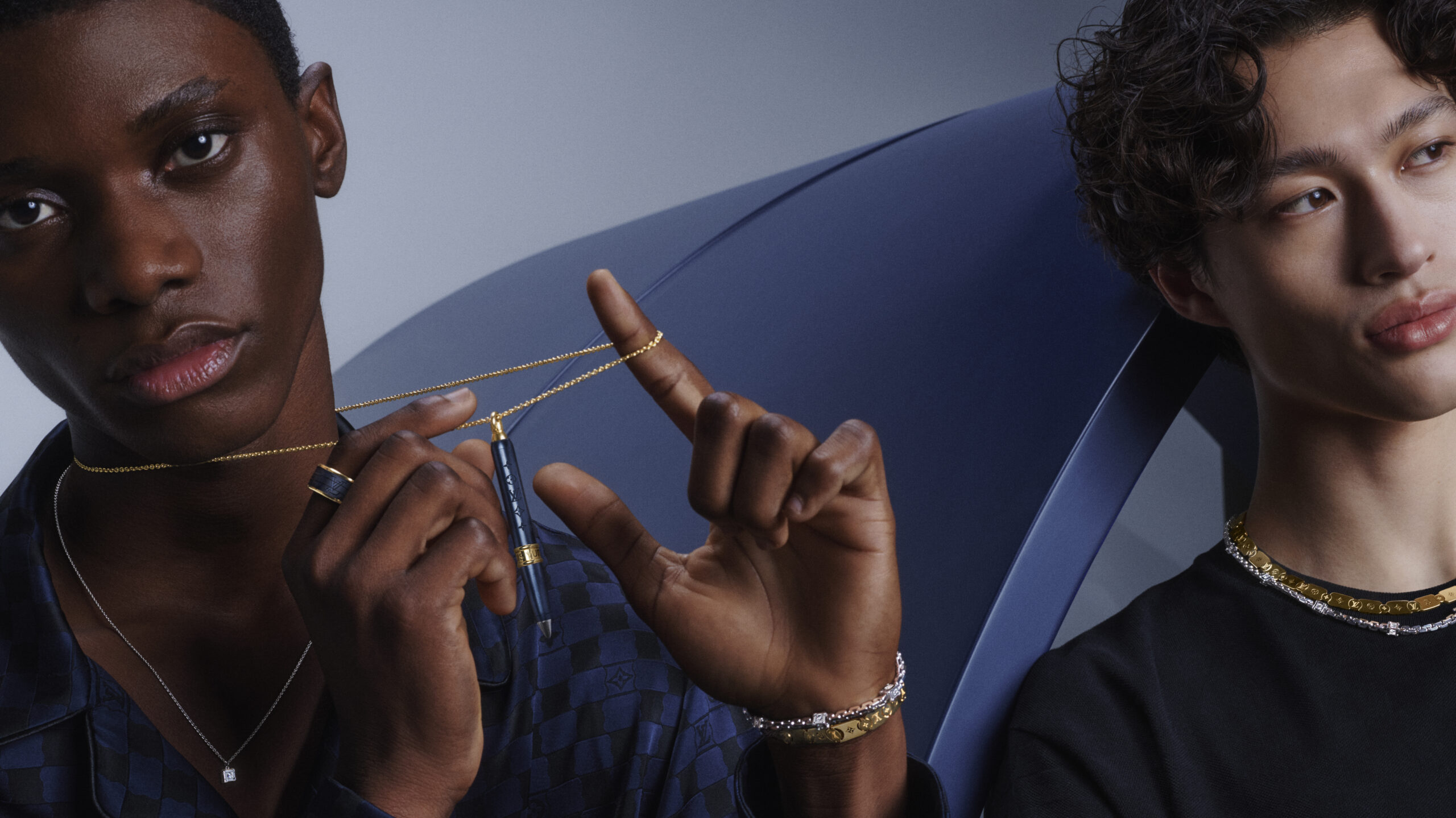
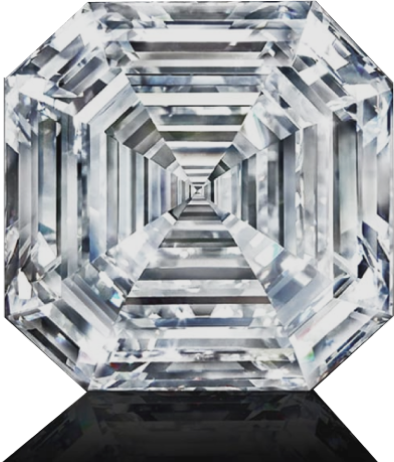
Latest Stories
Add articles and images to your favourites. Just
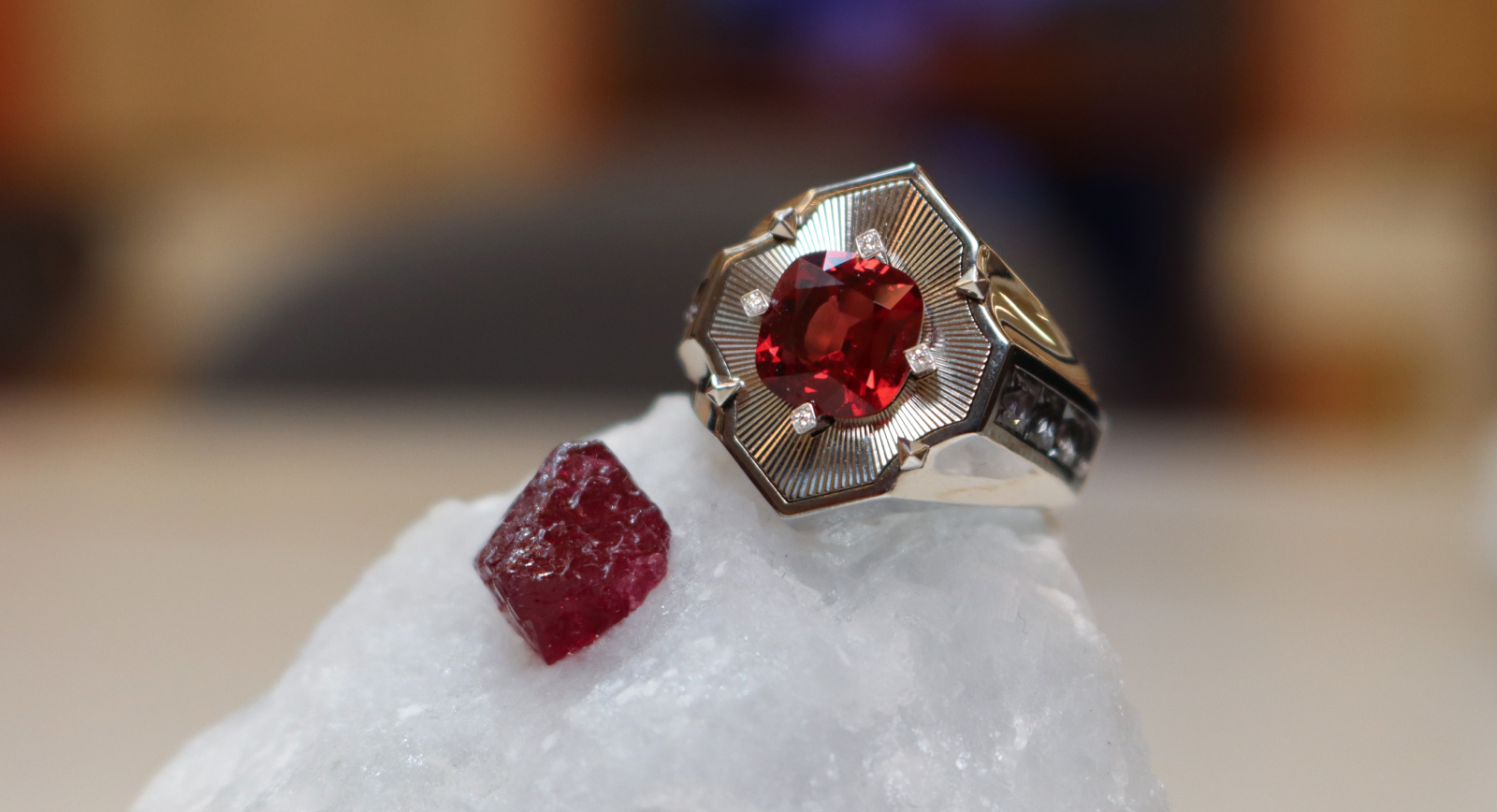
Jeweller of the Month:MADLY Gems
Singaporean brand celebrates 10-year anniversary
Jewels Katerina Perez Loves
Continue Reading
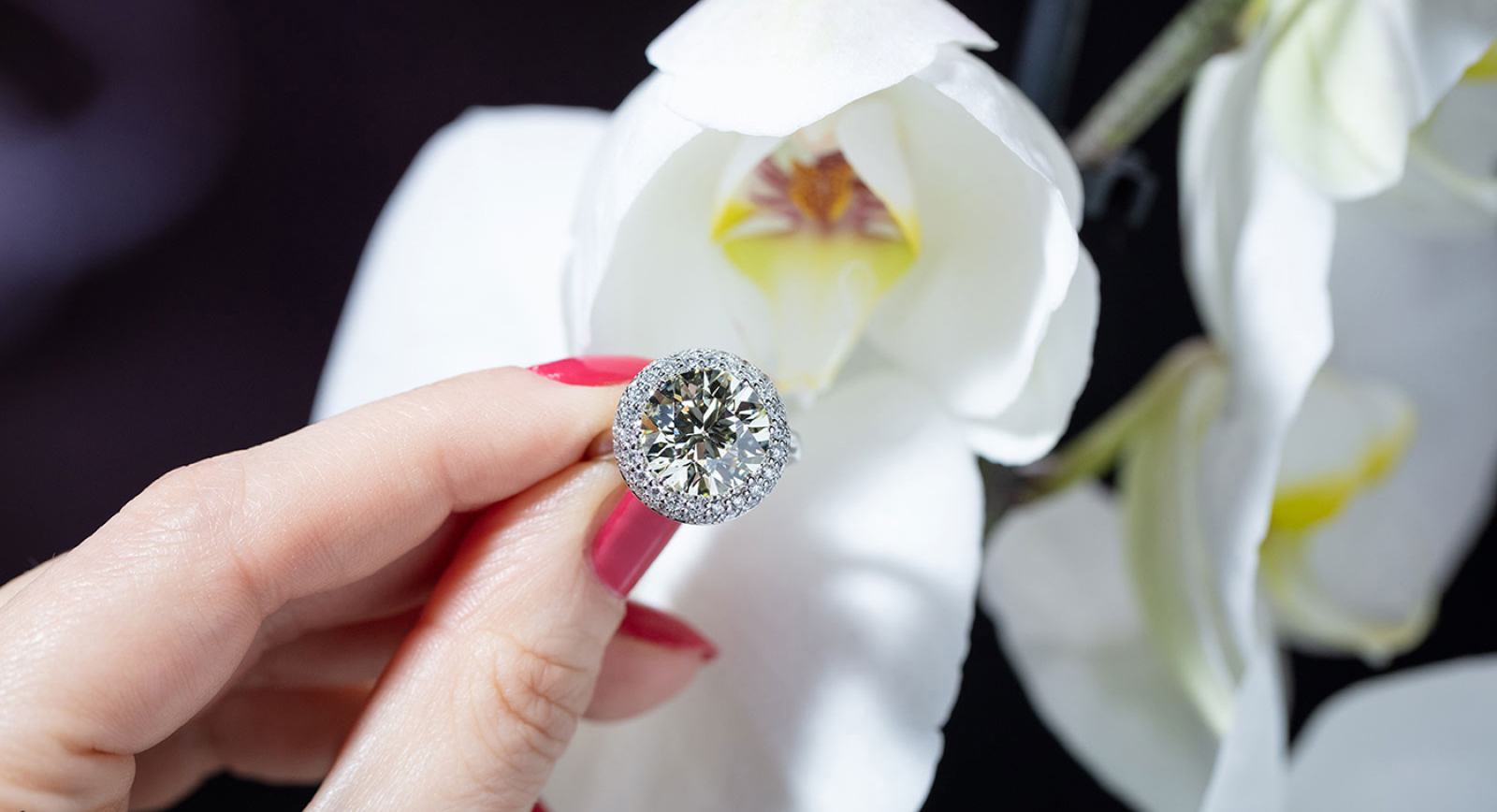
Ask Katerina:Diamond Jewellery Styling Tips for Modern Dressing
Here are some of the answers I gave during the presentation to aid your jewellery dressing…
Brand Focus:Van Cleef & Arpels
Jewellery Insights straight to your inbox
